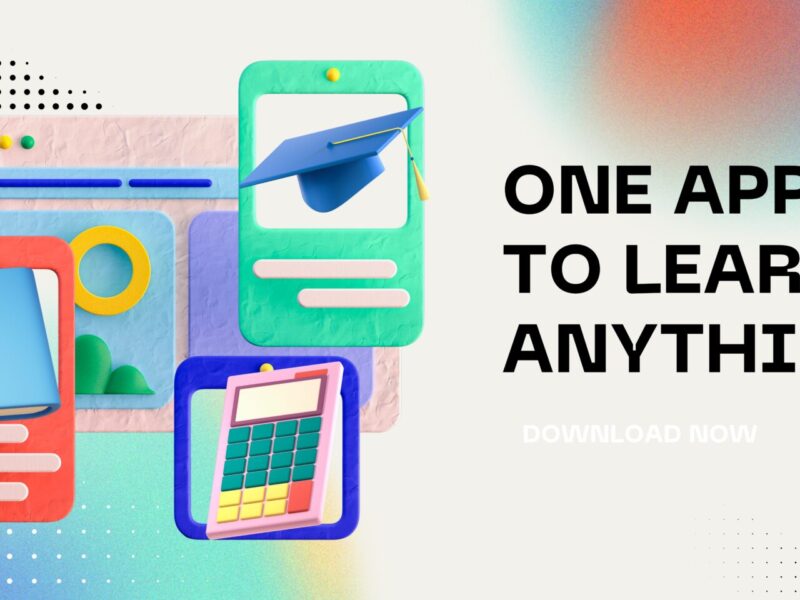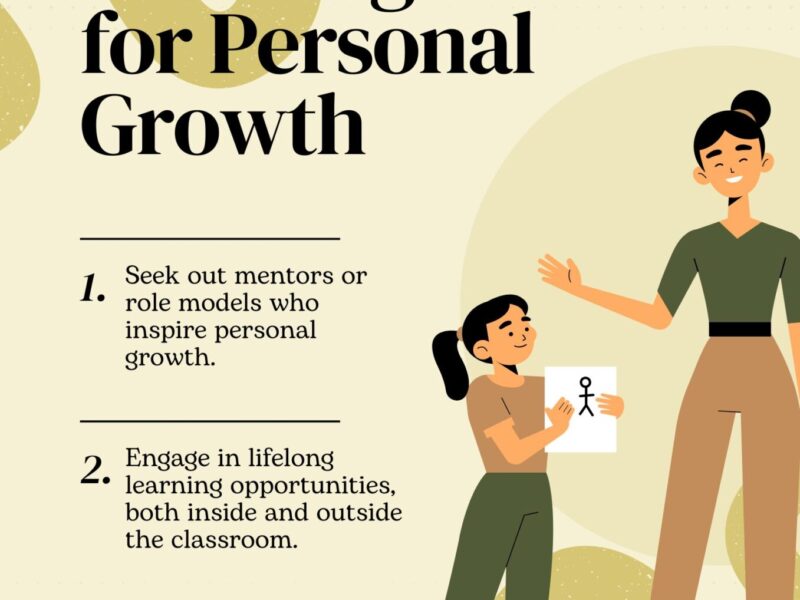Traditional courses have now changed courses in terms of learning and have made the life of a learner quite easy because nothing will be left out in distance learning and the whole thing will be flexible even more than before.Tips for Educators: Delivering Effective Online Lessons. However, the challenges are different for educators.
Effective online lecturing is much more than simply applying the principles of teaching a course in person into the internet but also mastering the relevant and appropriate digital instruments and student engagement strategies and understanding the environment of a remote learning experience.Tips for Educators: Delivering Effective Online Lessons. This article will discuss all the issues for educators to help them improve their teaching practice and the needed components for online teaching, including preparation, delivery, and continuous improvement.
1. Understand the environment of your online instruction
Before you go online with teaching, familiarize yourself with the online tools/platforms you will employ. Whether one is using Learning Management Systems such as Moodle, Blackboard, or Google Classroom, or video conferencing tools like Zoom, Microsoft Teams, or Google Meet, it is important that an individual feels comfortable while navigating their features. Some of the essentials you should master include:
Hosting and Scheduling classes;
Resources and Assignment Sharing;
Setting up Quizzes and Tests;
Communication to Students via the channels of Announcements and Discussions.
Conduct trial runs to troubleshoot any technical issues beforehand. Last but not least, make sure you have a stable connection and appropriate hardware-a webcam, microphone, and reliable computer.
Plan Lessons in Clear and Structured Ways
Online lessons can easily be blown off course by their content rather than on subject, making those lessons disorganized. Therefore, a clear lesson plan needs to be created assuring the objectives, contents planned to be delivered, and activities for the students in order to break the session into smaller segments in a timewise manner.
Essentials of an Efficient Lesson Plan
Introduction: Offer an overview of the objectives and relevance of the lesson.
Main Body Content: Use some varied formats like slides, video recordings, and live demonstrations to present the core material.
Interactive: Discuss or engage in group work, or conduct polls. Include activities that encourage participation.
Summarization and Assessment: Summarize key points and assess students using tasks or quizzes.
3. Bring in Interesting Multimedia
They will get bored quickly with a presentation reading text. Bring in the graphics of the presentation: images, videos, animations, and sounds, because they will be more attractive and reinforcing lesson information. You may use one’s eyes to see materials through tools like Canva, Powtoon, or Prezi.
Also, use the screen to share the demonstration of teaching a program, and using live examples will help analyze the documents, as well as a while display of problem-solving processes. Ensure that all multimedia assets are aligned with classroom lessons, and most importantly use those resources that are available for each student.
4. Encourage Interaction and Participation
In online learning, for the avoidance and continuation of disinterest and a focus within it, student engagement is essential.
Some methods :
Icebreakers and Warm-Ups : Starting with light activities usually makes it easy to carry students forward in the beginning.
Frequent Questions : They will encourage students to ask questions or answer prompts in live sessions.
Collaboration Tools : Using such platforms as Padlet, Jamboard or Miro to provide for group work and brainstorming.
Gamification: Learning is then made fun by quizzes, challenges, or leaderboards
Do remember to couple with a call out to a student by name and also acknowledge their contributions to the class as much as possible.
5. Ensure Accessibility and Inclusivity
Students differ in various aspects; some are on the wrong side of the technological access line, while others learn differently. Make your lessons more inclusive by:
Providing clients with variations in content forms such as text, audio, and video.
Captioning videos and giving transcripts for lecture notes.
Readable font size and color scheme.
Avoiding too much reliance on those resources where bandwidth is drawn heavily.
For these and other students who read by using tools like ReadSpeaker or screen-reader software will be empowered by such provisions. Such feedback should be embraced by a willingness to adapt as necessary.
Cultivate An Online Presence
Your online presence as an instructor very much defines your engagement with the students. Build rapport with students by:
Using a friendly and approachable tone.
Seeing your students in real-time during lessons via webcam.
Share real-life experiences or personal examples to personalize the concepts.
Check in with students continuously both in and outside the lessons, listen to their concerns, and advise them.
Time-managing
One of the most critical techniques necessary for teaching effective online classes because of their attunement to manipulated attention spans and potential restrictions in the use of technology is time management. For you to be successfully doing this, ensure that:
The course begins and ends on schedule-allotted time.
Lessons are divided into segments, and each segment will have a specific duration reserved for it.
A signal or timer should compare each activity to indicate when the time is up.
Encourage students to prepare for classes by reviewing, so you have more time for discussion and application rather than explanations with pre-class materials.
8 – Formative Assessment Incorporation
Although assessments gauge the students’ progress and give valuable feedback to both learners and instructors, use a combination of techniques to measure understanding as: This is:
Polls and surveys: Quick measures of comprehension during the lesson.
Quizzes: The quiz combinations of multiple choice, short answer, or matching.
Peer Reviews: Students assess fellow students’ work.
Reflective Exercises: Have students summarize the learning or reflect on their learning.
Kahoot, Quizizz and Mentimeter will help toward these goals by making assessment more interactive and fun.
9. Promote Collaboration and Peer Learning
Online learning can be very lonely but group work can help break this loneliness. Group projects, discussion forums, and breakout rooms all allow students to learn from each other. Be explicit in setting the roles and indicators for the group activities to have a clear structure for the students.
Give assignments where students can have to think critically, creatively, or even problem-solving; that bond can bring them to share their talents and perspectives.
10. Monitor and Adapt
Continuous improvement – in fact, everything about successful online teaching will require on-going improvement. Identify student participation patterns, feedback, performance assessments to find areas where improvement is needed.
Ways to Collect Feedback
Anonymous surveys help determine student preferences and challenges.
Monitor participation metrics such as attendance and activity completion rates.
Solicit direct feedback during or after sessions.
Change your teaching to fit the feedback and try using new tools or techniques to fill the gap.
11. Preemptively Communicate Technical Difficulties
There are many unpredictable situations when things do not work in teaching and learning in the virtual world. Try these to prevent interruptions in the time flow learning process:
Before each class, conduct your setup checks.
Have backup material-ready for example recorded lectures or alternative sources if available.
Keep the contact numbers for IT support handy.
Prepare students on the basics of troubleshooting, and recommend useful tools or software that they may require.
12. Create an Enabling Learning Environment
Online education can at times be stressful for teachers and students alike. Well-being can be fostered by:
Encouraging frequent breaks during long sits.
Limiting time on screens for assignment work.
Providing a warm and dignified atmosphere in virtual classrooms by encouraging students to respect one another.
Modeling, for instance, by maintaining eye contact through the camera, smiling, and using positive language really help.
13. Use Analytics and Data
Most of the online teaching systems have a lot of analytics that capture students’ activities, e.g., login frequency, submission of assignments, and quiz scores. Use this information to find students facing challenges or perform classroom activities effectively.
For example, if low engagement has been discovered using the analytics on certain lessons, you should consider further your instructional approach in order to enhance that subject area to become more interactive or relatable.
14. Keeping up with trends and professional development
Online education is a field constantly evolving. Keep up with the latest tools, techniques, and research by:
Webinars and workshops.
Online communities and forums for educators.
Professional development courses on platforms like Coursera, edX, or LinkedIn Learning.
Networking with other educators helps generate new ideas and solutions for age-old problems.
15. Conclusion
Success in teaching online lessons consists of preparatory groundwork, improving oneself according to a particular situation, and understanding the learner-empathy. Understanding one’s tools and making the courses interactive with the learners must be exhaustively learned. More effort should go into continuous improvement of the delivery. This makes up a typical situation that makes blended learning very exciting. The reality of the online world is educational institutions that could be catapulted into tremendous growth.

